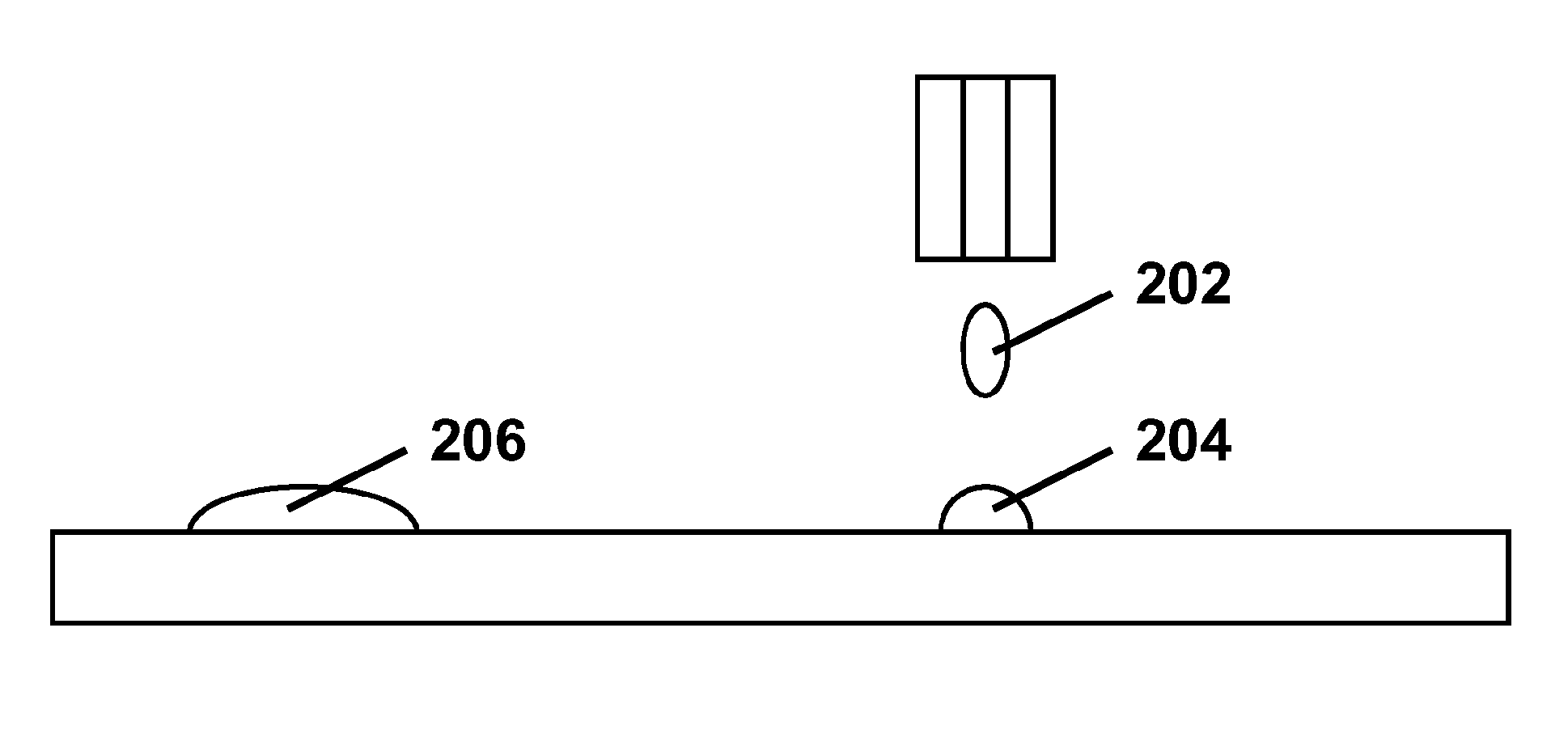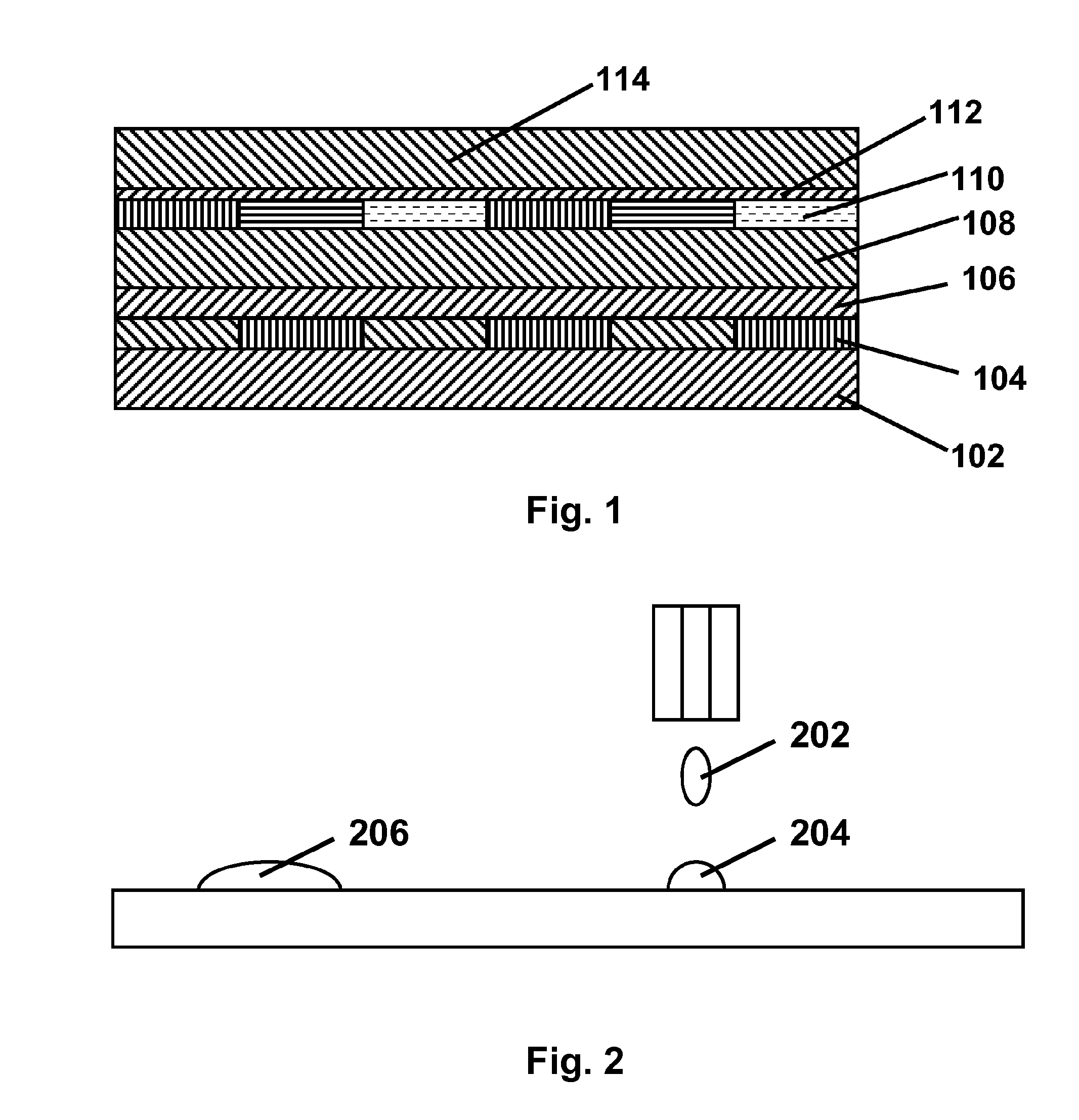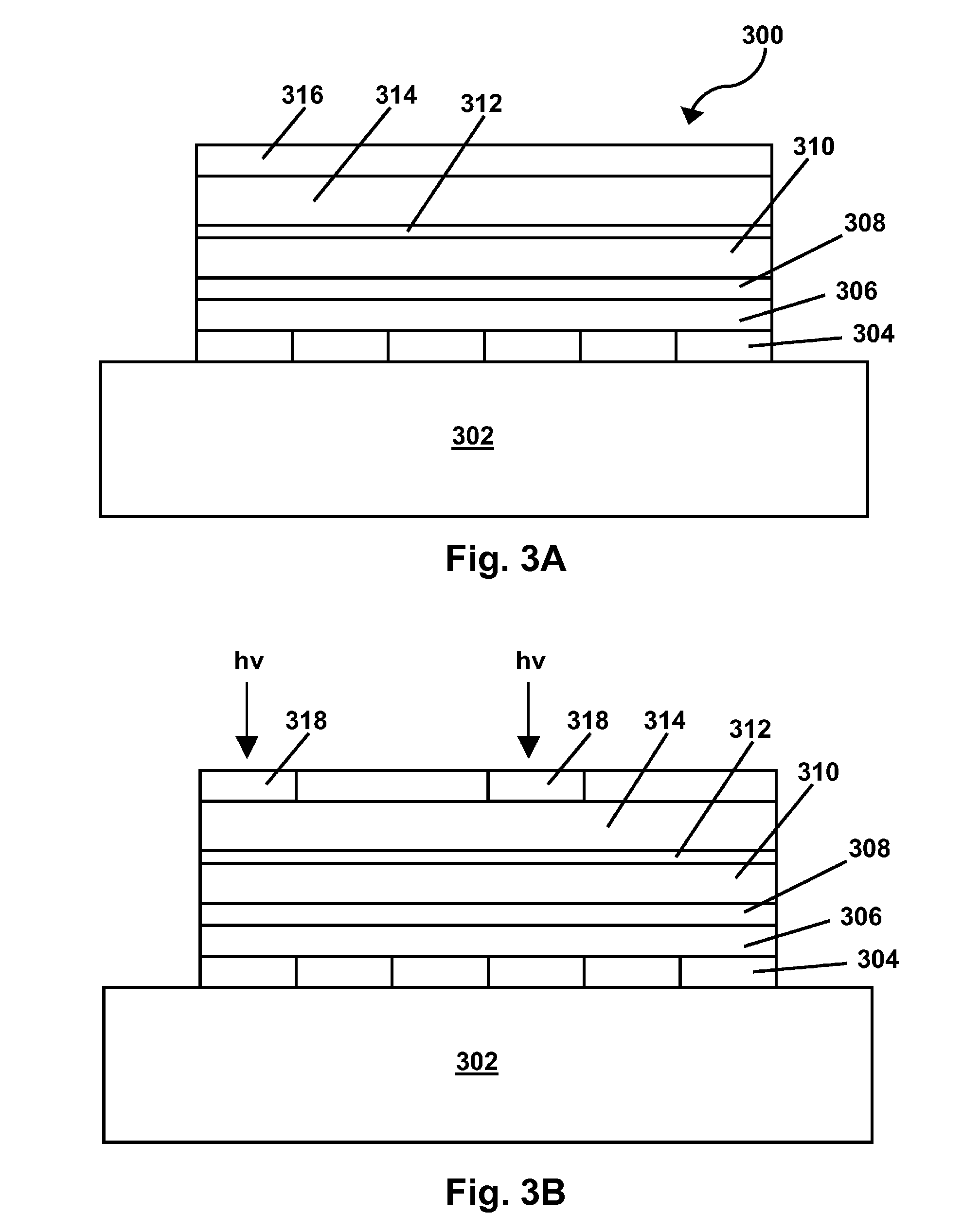Processes for the production of electro-optic displays, and color filters for use therein
- Summary
- Abstract
- Description
- Claims
- Application Information
AI Technical Summary
Benefits of technology
Problems solved by technology
Method used
Image
Examples
Embodiment Construction
[0058]As already mentioned, the present invention provides three different processes for depositing multiple types of color filter materials on a substrate. These three processes will primarily be described separately below, but first consideration will be given to certain issues common to all of the processes.
[0059]The processes of the invention are of course restricted to color filter materials which can survive the process without loss of their color or color-developing ability, and (in some cases) which can be prepared in the necessary flowable or liquid forms. Similarly, a color filter material which cannot be formed into a substantially solid layer, which can be ruptured as required to enable portions of the layer to be transferred from a donor sheet to a substrate, is not suitable for use in the donor sheet transfer process of the present invention. Displays of the present invention may include electro-optic media of any of the types discussed above. For example, the electro-...
PUM
| Property | Measurement | Unit |
|---|---|---|
| Color | aaaaa | aaaaa |
| Electrical conductor | aaaaa | aaaaa |
| Electrochromic | aaaaa | aaaaa |
Abstract
Description
Claims
Application Information
 Login to View More
Login to View More - R&D
- Intellectual Property
- Life Sciences
- Materials
- Tech Scout
- Unparalleled Data Quality
- Higher Quality Content
- 60% Fewer Hallucinations
Browse by: Latest US Patents, China's latest patents, Technical Efficacy Thesaurus, Application Domain, Technology Topic, Popular Technical Reports.
© 2025 PatSnap. All rights reserved.Legal|Privacy policy|Modern Slavery Act Transparency Statement|Sitemap|About US| Contact US: help@patsnap.com



